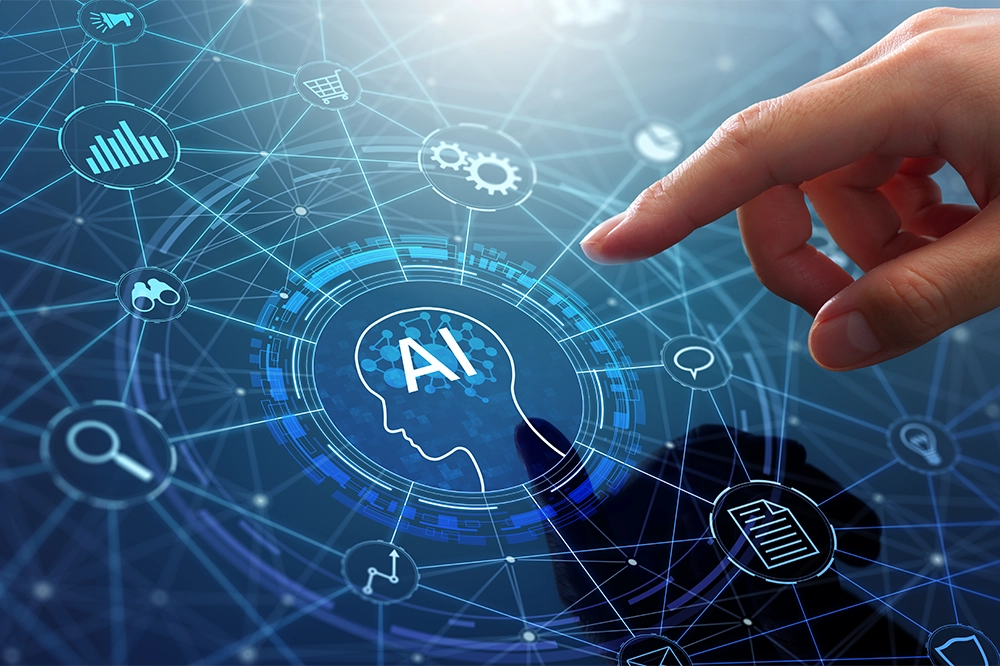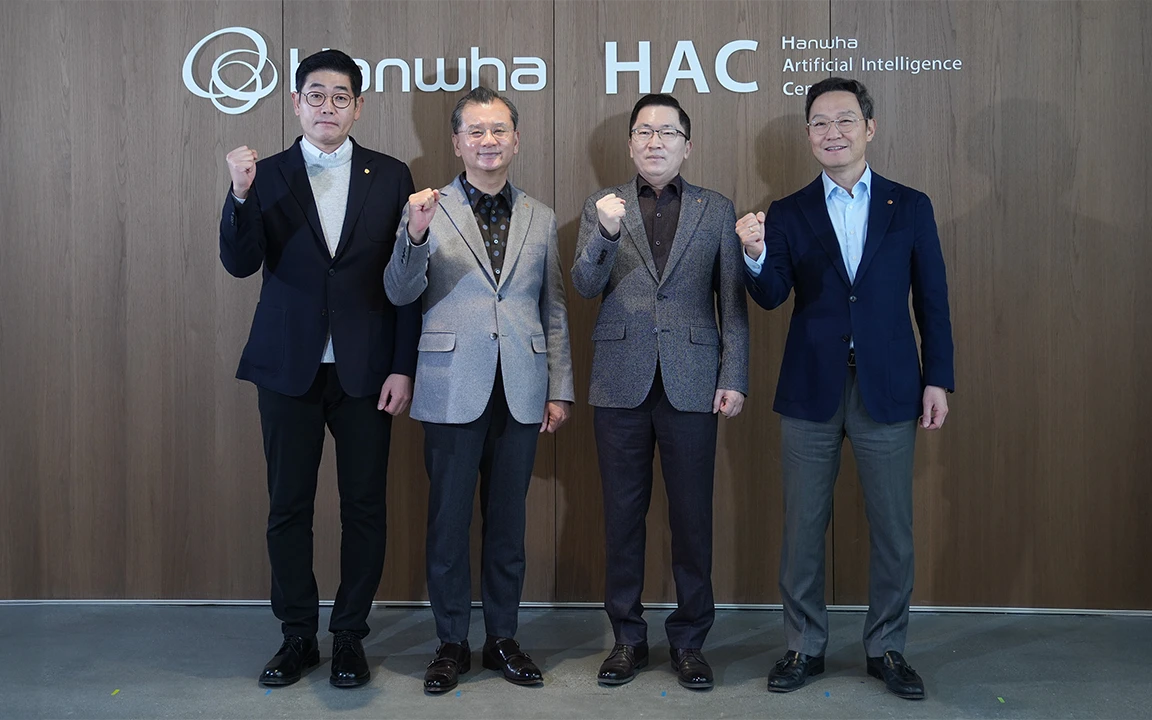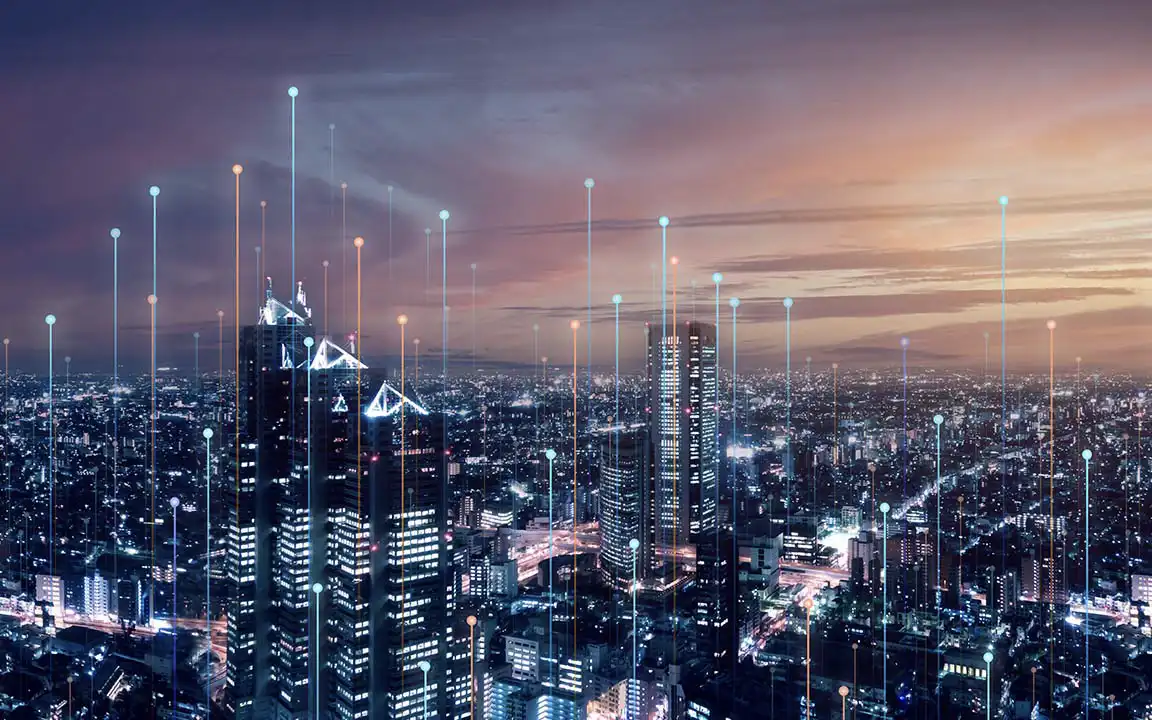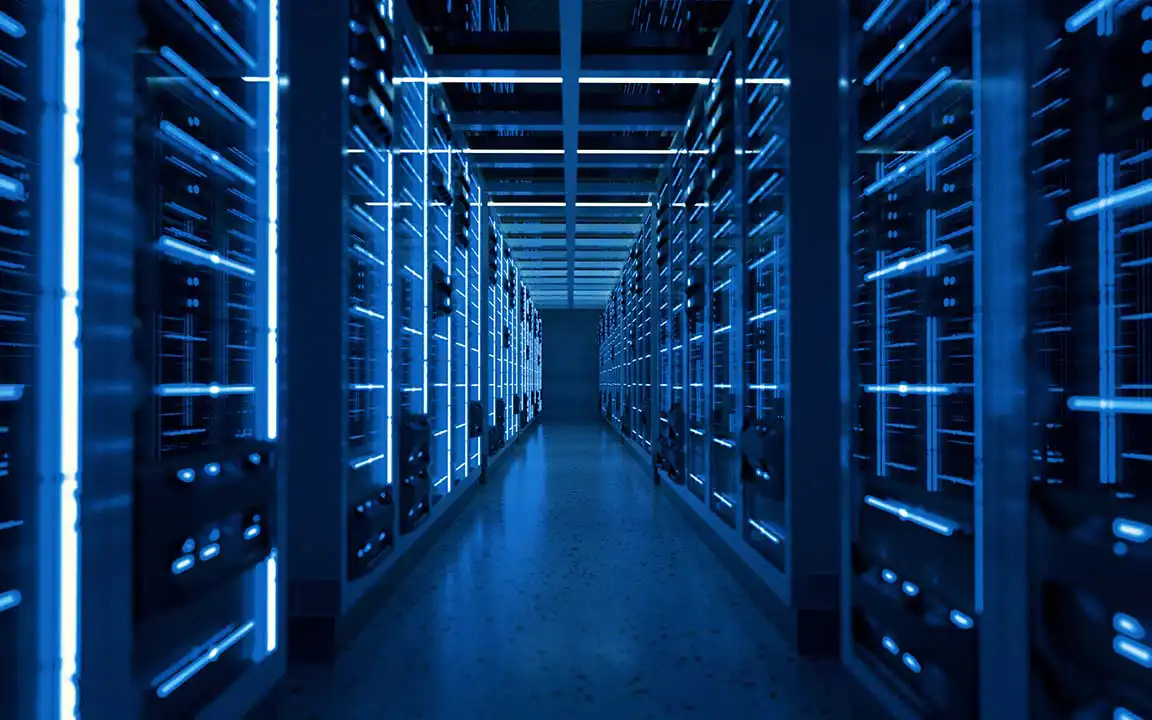Davos 2025: The Intelligent Age is here — but what does it mean?

Coined by the World Economic Forum (WEF) in 2024, the Intelligent Age marks a transformative chapter in history, driven by rapid advancements in artificial intelligence (AI), quantum computing, and blockchain, and characteristics like entirely autonomous systems, personalized AI experiences, and smart sustainability solutions.
This new era follows the emergence of Internet of Things (IoT), automation, and digital transformation during the Fourth Industrial Revolution (4IR), but the Intelligent Age represents far more than just another industrial shift. Once deemed things of the distant future, many of the large-scale technological innovations that drive it are already revolutionizing most of the industries that shape our lives. But as with any new era, rapid innovation presents a set of unique challenges that makes global cooperation more important than ever.
Recognizing this, global leaders are preparing to meet at the World Economic Forum in Davos under the umbrella theme “Collaboration for the Intelligent Age.” So, what does the world look like going into this next chapter, and how can stakeholders work together to ensure we make the most of this new era while mitigating potential risk?

What changes in the Intelligent Age?
In recent years, smart technologies have built their way into our everyday lives. The main defining point of the Intelligent Age is artificial intelligence, and it’s evolving at a rapid pace. Language learning models (LLM) like ChatGPT now assist us with tasks from brainstorming ideas and drafting documents to language learning and coding. As AI’s capabilities develop, experts are enthusiastic about its potential to transform industries across the spectrum. Let’s look at what’s ahead for some of the sectors most influenced by the Intelligent Age, from energy and security to workplace efficiency and the manufacturing, service, and health care industries.
Energy infrastructure
As we transition to cleaner energy, the integration of renewables into existing energy infrastructure has been slowed by factors including aging centralized grid inefficiencies, extreme weather vulnerability, and insufficient energy storage. AI is helping to combat some of these inefficiencies.
Investment in smart grid technology can modernize and transform energy supply. Smart grids, which leverage automated switches and sensors to minimize outages, isolate faults and reroute power for greater energy resilience and operational efficiency. In the U.S. city of Chattanooga, Tennessee, implementing smart grid technology has proven to significantly reduce outages, saving an estimated $50 million annually in lost productivity and downtime.
Another promising development for the integration of renewables lies in the deployment of distributed energy systems (DES) such as virtual power plants (VPPs). Because existing centralized grids were built decades ago, they’re not designed to handle the variable and decentralized nature of renewable energy sources. VPPs act as a bridge: utilizing the soaring popularity of solar panels and battery systems among consumers, they pool these devices together in a unique system that’s capable of supplying power when grids are stretched and storing it when there’s a surplus. They do so with machine learning, a field of artificial intelligence that learns from data to forecast and adapts to new situations without explicit programming. In the context of VPPs, AI draws from masses of information on weather forecasts, energy usage, and storage levels to coordinate and optimize renewable energy production and distribution with consumption. This reduces energy wastage, avoids overloading grid infrastructure, and facilitates the seamless integration of cleaner, renewable energy into the broader energy ecosystem. As a provider of one-third of all solar panels installed in the U.S., Hanwha Qcells is well positioned for the application of integrations like AI and DES, including VPPs at scale.
Security and protection
With the rise in urban populations and the growing complexity of city infrastructure, traditional surveillance systems are often overwhelmed, unable to process the vast amounts of data needed to identify risks or respond to incidents in real-time.
Powered by advanced deep learning algorithms, edge computing, and cloud technology, modern surveillance systems can analyze large amounts of audio and visual data in moments, drastically reducing the workload for a human to do by hand — especially beneficial for authorities and emergency services to identify issues that pose a threat to public safety. One such product is Hanwha Vision’s AI Box, which offers object detection, improved situational awareness, and advanced video analytics. AI Box can be added to conventional security cameras without the need to replace existing infrastructure, allowing organizations to upgrade their systems cost-effectively. This technology is vital in high-stakes environments like airports, schools, and businesses to seek out threats to infrastructure and public safety.
In smart cities such as Singapore, intelligent surveillance is already providing insights that help to mitigate congestion and accidents by monitoring pedestrian and vehicle activity. An example of innovation in this space, Hanwha Vision’s SightMind software uses AI to harness the data generated by the analytics in its cameras to analyze traffic patterns, identify vehicle types, and read license plates. As is already the case in Singapore, information collected by systems like these can be used to promptly notify citizens of incidents in real time, via a mobile application.
As AI is increasingly built into urban infrastructure systems such as surveillance, we can expect faster emergency responses, improved traffic and congestion management, a more efficient allocation of urban resources, greater crime deterrence, and enhanced safety for the public.
Manufacturing and service industries
In the Intelligent Age, automation moves beyond the pre-programmed processes of the 4IR to incorporate AI and machine learning, enabling systems to adapt dynamically, recognize complex patterns, and collaborate intelligently in real-time.
Automation is increasing affordability and ease of use across the manufacturing and service industries, exemplified by technology such as collaborative robots (“cobots,” as they’re known). Unlike traditional automation that focused on replacing humans, cobots in the Intelligent Age enhance human capabilities, partnering with us at work to handle repetitive or dangerous tasks while we focus on creativity, strategy, and decision-making. Hanwha Robotics’ latest HCR-5A model exemplifies a versatile cobot that can be implemented across a variety of industries to support employees — from welding and painting ships, to serving us in coffee shops, and preparing food and drinks at hotels or resorts.
The integration of AI equips cobots with computer vision and predictive analytics to navigate obstacles, making these compact, highly portable robots ideal for addressing workplace challenges such as labor shortages, increasing productivity on store and factory floors, and mitigating injuries and repetitive physical strain on workers. As the interpersonal capabilities of AI continue to grow, the next wave of cobots is expected to develop greater autonomy and emotional intelligence, enabling smarter collaboration and more adaptive, human-centric solutions.
Health care
One of the Intelligent Age’s most epochal opportunities lies in the betterment of critical industries such as health care. Here, AI-driven technologies are showing promise in addressing longstanding inefficiencies, particularly in accelerating drug discovery and improving clinical trial efficiency. Wearable devices now continuously monitor our vital signs, while telemedicine platforms are beginning to integrate AI features like symptom analysis and scheduling optimization, enhancing remote consultations and helping to overcome location constraints. These innovations not only enhance accessibility but can also significantly reduce costs.
Looking ahead, industry experts predict advancements such as AI-assisted clinical documentation, predictive analytics for early disease detection, and personalized treatment plans, all designed to enhance efficiency and improve patient outcomes.
Efficiency at work
Leading figures predict that so-called “AI agents” — capable of completing tasks like making purchases or scheduling meetings on our behalf without the need for direct human involvement — will feature heavily on the AI agenda going forward. In the workplace, intelligent systems like AI agents give workers the opportunity to streamline routine or repetitive tasks, freeing up their capacity. More and more businesses are integrating AI into their workflows: a recent survey found that nearly half of Fortune 1000 companies have fully embedded AI into their daily work, with a third of those companies even integrating it into their products and services.
Against this backdrop, venture capitalists are predicting a pivotal economic shift in for the profitability of AI in 2025, as it transitions from the growth stage to actively delivering improved margins for businesses that implement them. However, more work is needed to ensure the benefits of the new era are delivered equitably and sustainably.

Maximizing opportunities: Why collaboration is key
The advancements of the Intelligent Age — though ripe with potential to reshape society for the better — also introduce complexities that are cross-national and cross-industry, and which risk deepening inequalities and further fragmenting the geopolitical landscape.
For example, semiconductor (AI chip) manufacturing requires finite materials that the world’s more powerful nations are vying to control access to. Additionally, the rising energy demands of power-intensive smart technologies are driving the need for more data centers, potentially jeopardizing progress toward net-zero goals. The digital divide also remains a significant challenge, with 2.6 billion people still without access to the internet — a disparity that risks excluding some populations as intelligent tech becomes increasingly central to our lives. Ethical issues, such as copyright, privacy, and bias also require a unified response to foster a culture of transparency. Addressing these challenges demands the kind of cross-societal collaboration that defines Davos. This year, attendees will explore and discuss solutions in alignment with the event’s central idea, “Collaboration for the Intelligent Age,” as well as through four broader themes: reimagining growth, safeguarding the planet, investing in people, and rebuilding trust.
To secure the equitable distribution of the Intelligent Age’s benefits, governments, businesses, and organizations must approach the challenges posed by this new era with comprehensive solutions that extend beyond their own borders. Initiatives like Hanwha’s recently launched Hanwha AI Center, driven by Hanwha’s financial companies, exemplify how corporations can not only advance cutting-edge technology through research, but also foster crucial discussions among industry experts, policymakers, and researchers on ethical considerations and social impacts. Cross-collaboration and the multilateral sharing of knowledge will be vital to ensure that this era is one defined by inclusivity and joint progress.

Looking ahead
At the dawning of the Intelligent Age, there is a clear need for global discussions about working together to realize its full potential. Doing so will require careful navigation and a commitment to inclusivity, sustainability, and ethics — and, in a world that is still recovering economically from the pandemic — financial incentives must be crafted to stimulate investment where it’s needed most.
As a Strategic Partner to the World Economic Forum, Hanwha will also reaffirm its commitment to realize the success of the Intelligent Age. By leveraging its expertise from across a diverse portfolio of industries, Hanwha is dedicated to realizing a new era not just of advanced technology, but one of shared prosperity and collective advancement.
Get the latest news about Hanwha, right in your inbox.
Fields marked with * are mandatory.
- Non-employee
- Employee






